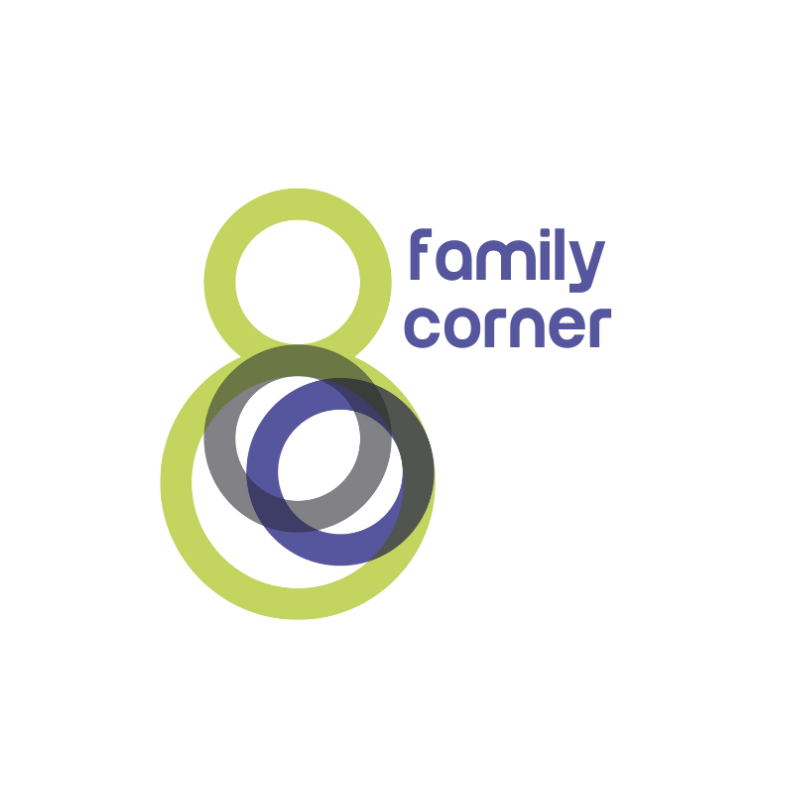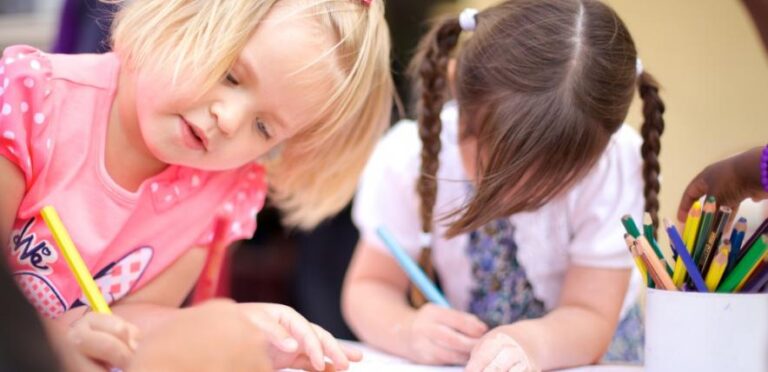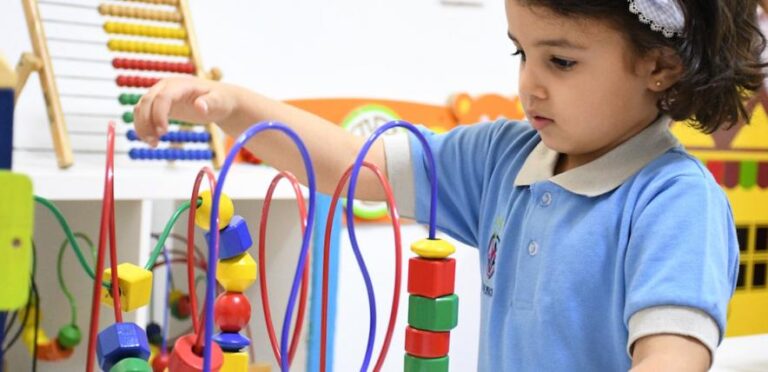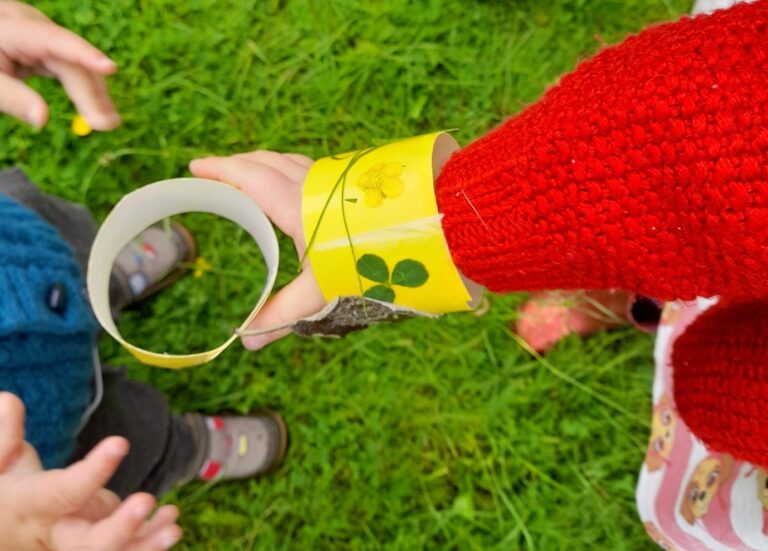Dyslexia is a specific learning difficulty that presents in a various ways and can differ considerably from person to person.
These difficulties include finding it difficult to distinguish and process sounds, or present with more visual processing problems as the brain is unable to manage the written word.
For some people, it can be difficult to transfer thoughts on to paper and can be the source of extreme frustration.
It is difficult to diagnose dyslexia in a very young child because some of the indicators of dyslexia can easily be identified when in fact children are just growing and developing at different rates.
Signs of dyslexia
However, there are a few signs to watch out for, but if you are at all concerned, you should speak to your GP or health visitor.
Parents and early years staff should carefully but discreetly observe and look out for children who do not seem to outgrow the following indicators of possible dyslexia:
- Finds it difficult to focus and pay attention for long periods of time
- Likes pictures and stories, but pays little interest in letters or words
- Finds it hard to carry out more than one instruction at once
- Difficulty in cutting, sticking and crayoning (when compared to his/her peers)
- Finds it difficult to remember names of other children
- Slow speech development
- Difficulty with jumping, hopping skipping and running
- Can be very messy and appear to find it difficult to put on clothes the right way. Struggles with shoes (buckles/laces).
Confused by nursery rhymes
It is important to remember that one or two of these indicators alone would be quite common in many children, but when children seem to possess a range of these and do not keep progress with peers, that dyslexia could become a possible explanation.
Another tell-tale sign could be the inability to learn nursery rhymes, as Kate Parsons realised with her son, Marcus, who is now 6 and has been diagnosed with auditory dyslexia.
She said: “Marcus enjoyed listening to nursery rhymes but he could never learn them himself. He would get confused with similar sounding words, which I was later told was a possible sign of dyslexia.”
Even Richard Branson is dyslexic
Early interventions in pre-school and nursery settings can help young children to overcome some of these difficulties. Giving clear routines and rules is important, as is getting messages across about expectations. A setting that is calm would also be helpful to a child with dyslexia tendencies.
As a parent, you can also ease the pressure having realistic expectations and being patient when giving instructions.
It is important to remember that dyslexia does not mean lower intelligence and there is no reason why your child can’t or won’t succeed in life. Many successful individuals with dyslexia include high achievers – Lewis Carroll, Jennifer Anniston and Richard Branson – are among a long list of famous individuals with dyslexia.
“This is why early intervention is so important,” says Kate. “The sooner you find out, the sooner a programme can be put in place to support your child.”
For more information visit the websites of the British Dyslexia Association or The Dyslexia Association.
Written by Dorothy Lepowska
Where next?
My child has a stammer, should I worry?










